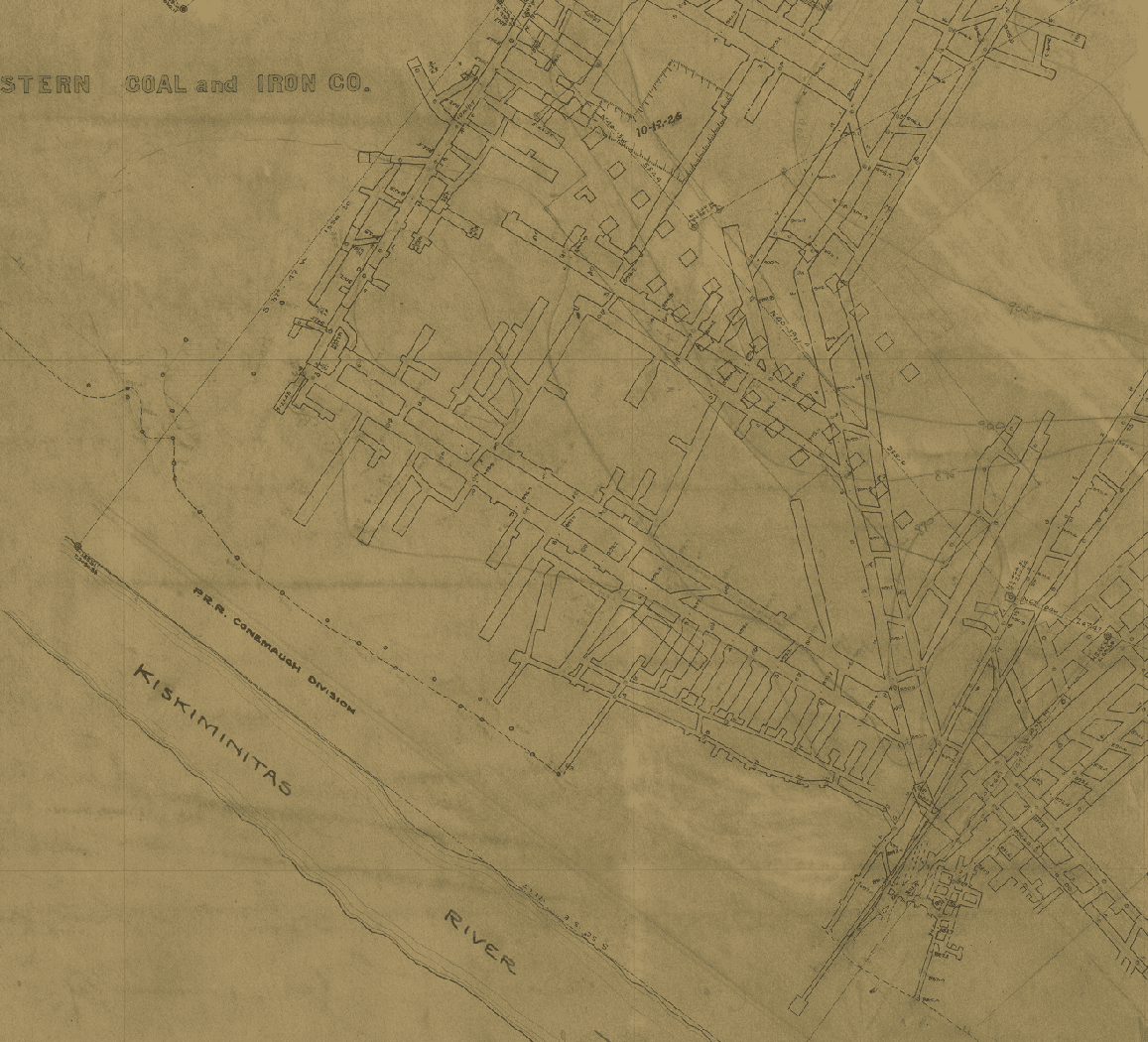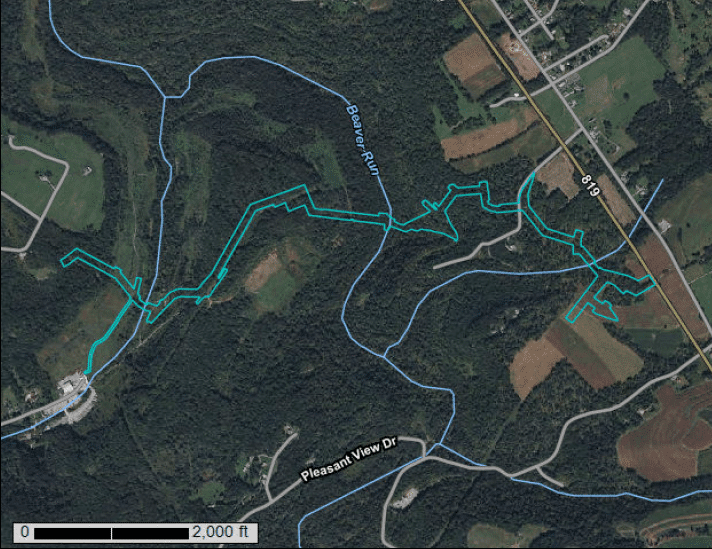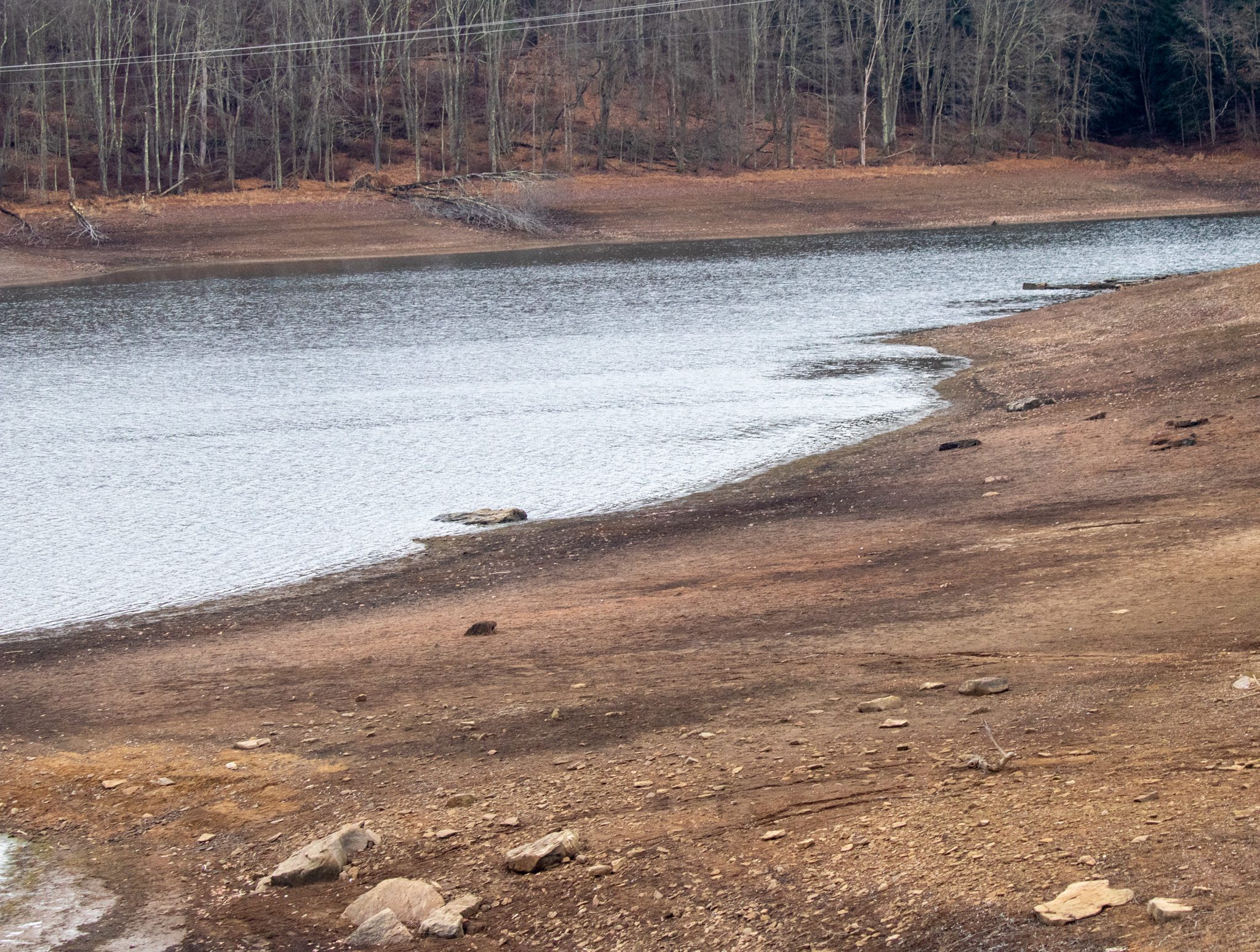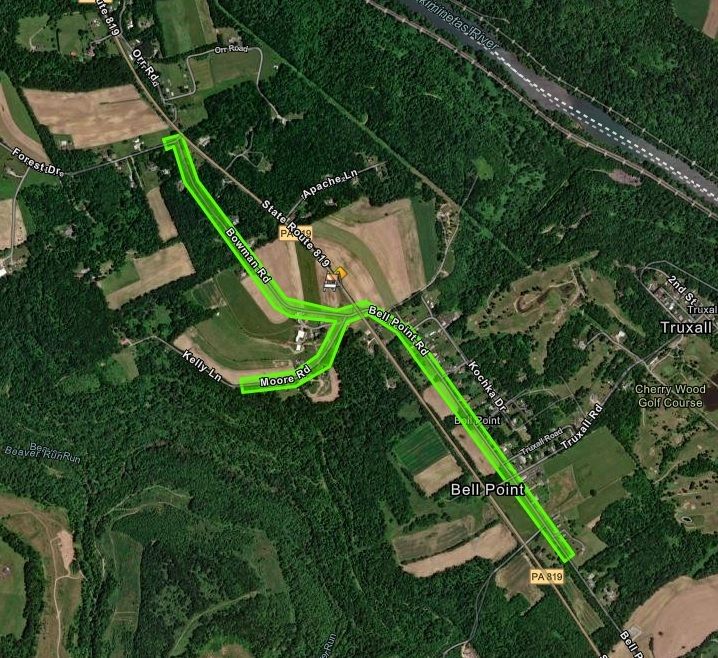Introduction
Nestled in the historical heart of Pennsylvania’s coal mining heritage, the Roaring Run Mine and the town of Truxall stand as a testament to a bygone era. Established around 1905 near the Kiskiminetas River, this site encapsulates a rich history of industrial growth, community development, and architectural charm.
Truxall Town: A Snapshot of Early 20th Century Architecture
Truxall, once a bustling mining town, is chiefly known for its distinct company-built houses. Approximately twenty-five of these homes, constructed in rows on a bluff overlooking the river, still retain their early 1900s character. These two-story wood-frame double houses feature gable roofs, brick chimneys, and are set on coursed-rubble stone foundations. While modern alterations are evident, a few dwellings preserve their original clapboard siding and the classic six-over-six light double-hung sash windows, echoing a bygone architectural style.
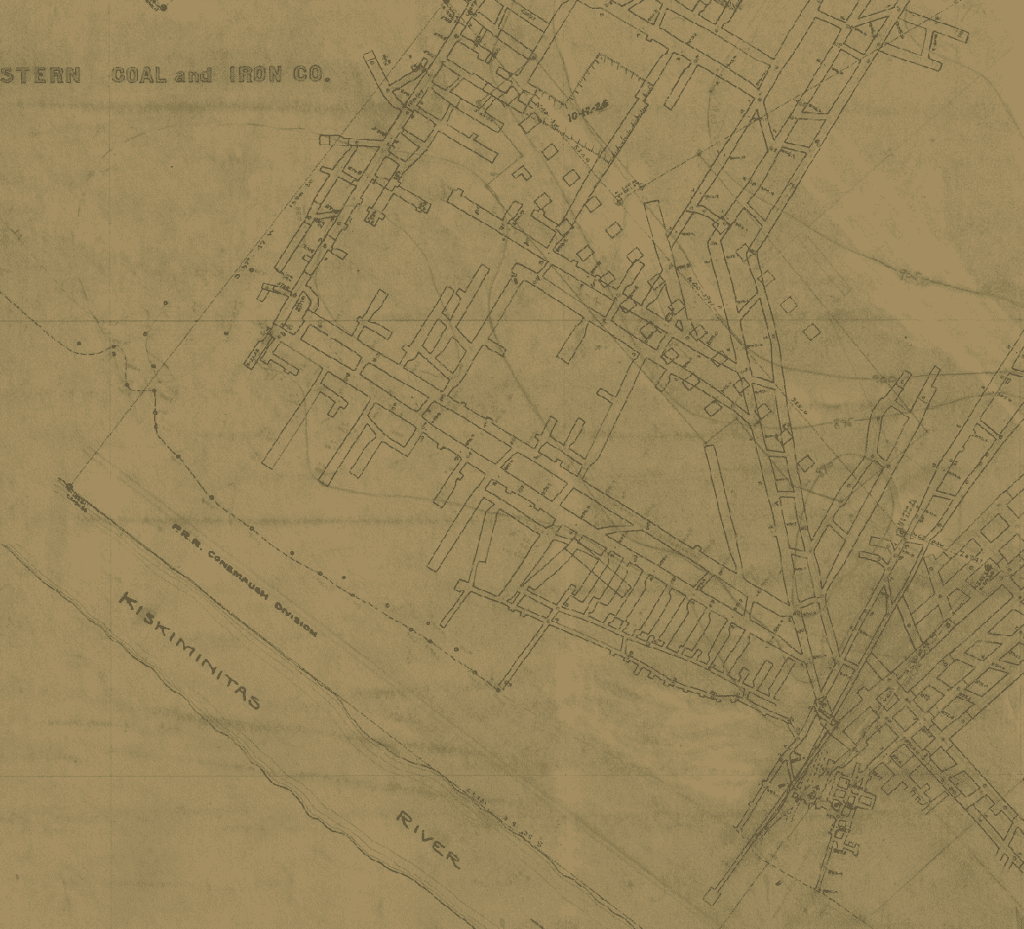
The Roaring Run Mine: A Focal Point of Coal Production
The Roaring Run mine, spearheaded by F.M. Graff of Blairsville, was a central figure in the region’s coal production. Despite fluctuating periods of operation and reorganization, the mine consistently contributed to the coal industry, notably producing significant quantities of coal from the Freeport coal seam. At its peak, the mine employed hundreds, becoming a major economic driver in the region.
Industrial Evolution and Community Impact
The evolution of the Roaring Run Mining Company reflects broader trends in the coal industry during the early 20th century. Under Graff’s leadership and later reorganizations, the company expanded its operations, merging with other mining interests to form larger entities like the Kiskiminetas Coal Company and eventually the Westmoreland Mining Company. These mergers not only influenced coal production but also shaped the lives and livelihoods of the miners and their families in Truxall and surrounding areas.
The End of an Era and the Preservation of History
By the 1940s, the Roaring Run mine had expanded its workforce and infrastructure, including the introduction of trolley locomotives and a coal preparation plant. However, the closure of these mines marked the end of an era. Today, little remains of the original mine structures, with only a few scattered foundations hinting at its past glory. Yet, the preserved houses in Truxall continue to tell the story of the miners and their families who once thrived in this coal mining community.
Conclusion
The Roaring Run Mining Company and the town of Truxall are more than just historical locations; they are emblematic of the resilience and evolution of coal mining communities in Pennsylvania. While the industry has changed dramatically, the legacy of these sites continues to offer invaluable insights into the early 20th-century American industrial and social landscape.
Source: Adapted from historical records and the “Coal Field Directory”, McGraw-Hill Catalogue and Directory Company, 1928.
